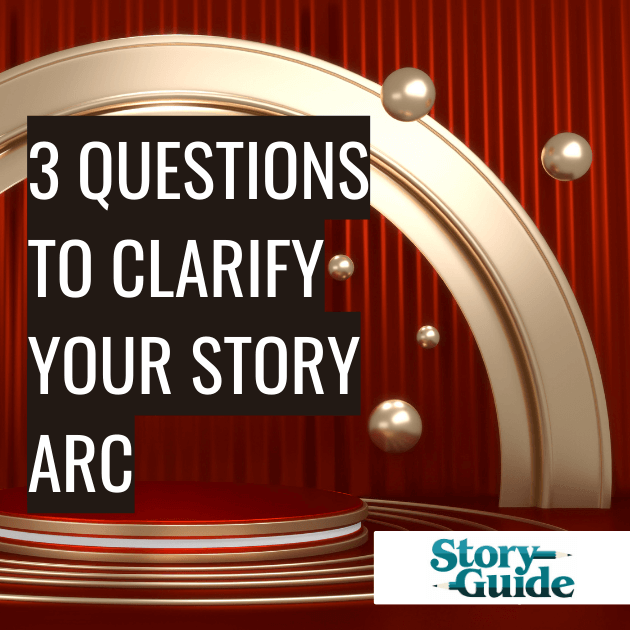 We're halfway through November, well into the holiday zone, and halfway through NaNoWriMo if you're taking part!
We're halfway through November, well into the holiday zone, and halfway through NaNoWriMo if you're taking part! Committing to writing at this time of the year can feel like a lot! So I thought I'd share a quick little writing technique I use with my theatre students to help clarify the story (I promise, it works for adult writers as well!).
At an elementary school where I help teach the after-school theatre club, we're writing our end-of-year play. Putting together this script is even trickier than our summer camp, where we also write an original play because there are nearly 70 children in this after-school club!
Trying to nail down just one idea for a story with such a throng of elementary school-aged kids is always a challenge. Kids are full of creative ideas! But after 14 years, I've honed my process to direct the kids to answer three specific questions amid the fountain of ideas:
What is the start of the story?
What has been learned by the end?
What happens in the story to convince everyone to learn what they need to by the end?
Note the specific language I use here. Kids want to be princesses who wander into a magical forest, ninjas who fight the bad guy, or wizards who find a magical book that transports them to faraway places.
These ideas are great and can make for some fun elements in a story! But they are plot and character, they aren't story.
Asking these three questions helps these kids determine the structure and shape of the story. It helps them see not only how their characters must change and grow from the start to the end, but by asking the last question: What can happen in the story to convince everyone to learn what they need to by the end?, two important story structure elements are determined:
Which plot events best serve this integral arc of change.
How and why will the character(s) choose to learn what they need to by the end.
Remember, the plot should always serve this arc of change. And all characters should have agency in making that change. The plot must force them to do some deep internal work to discover their own flaws and misconceptions, so they choose to learn, choose to change, whatever and however they must by the end.

Love this content?
Subscribe to The Story Guide Dispatch for more!
Find Story Guide
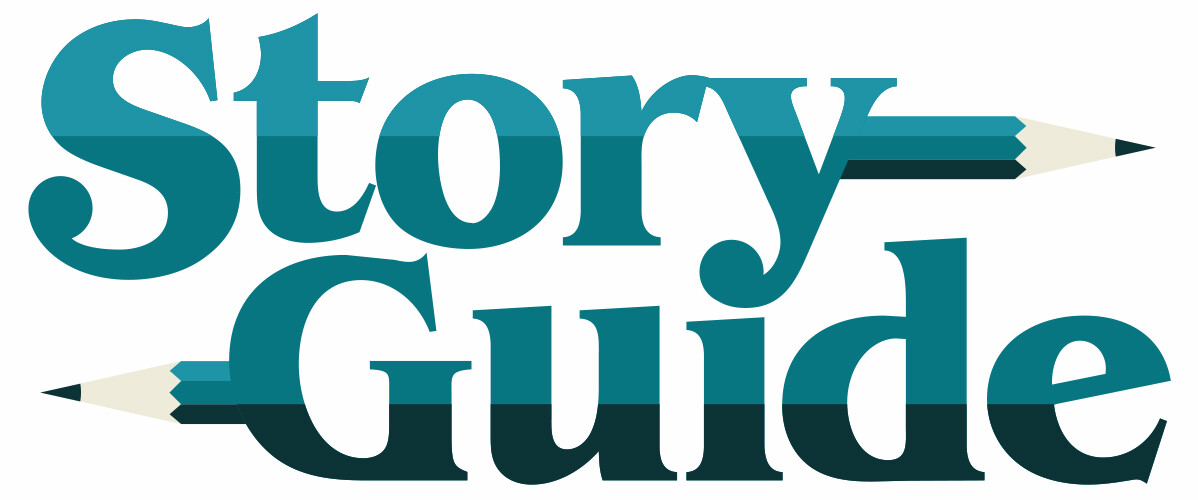

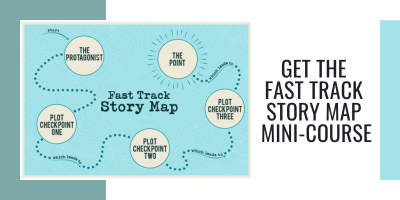



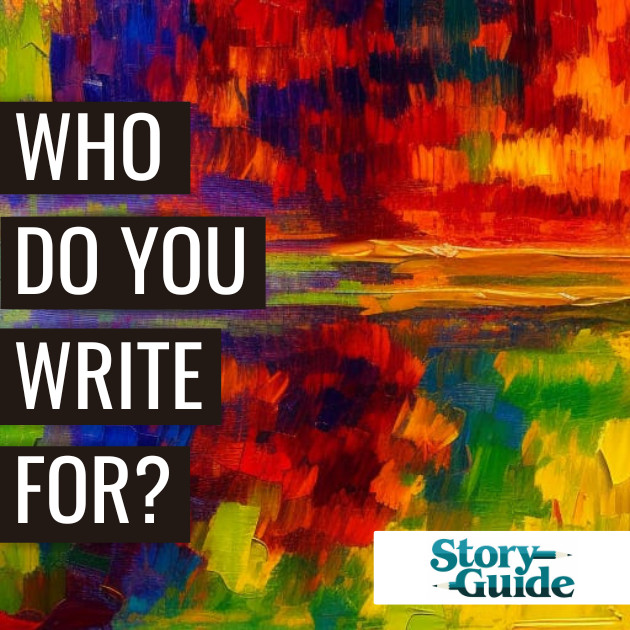

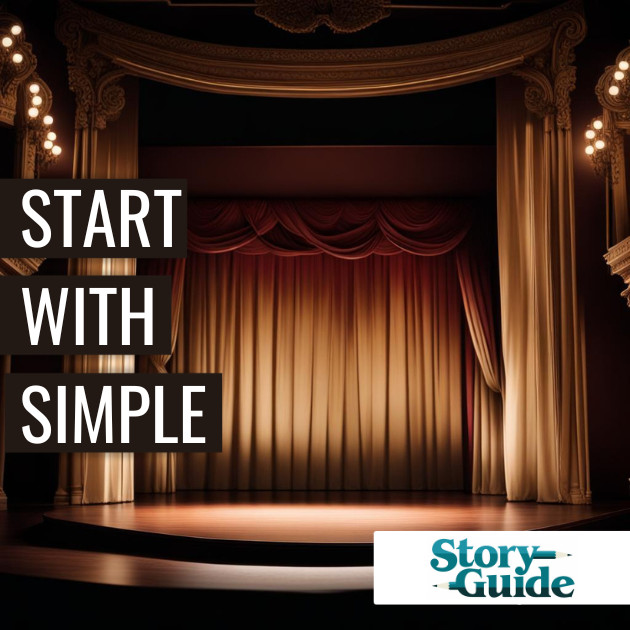


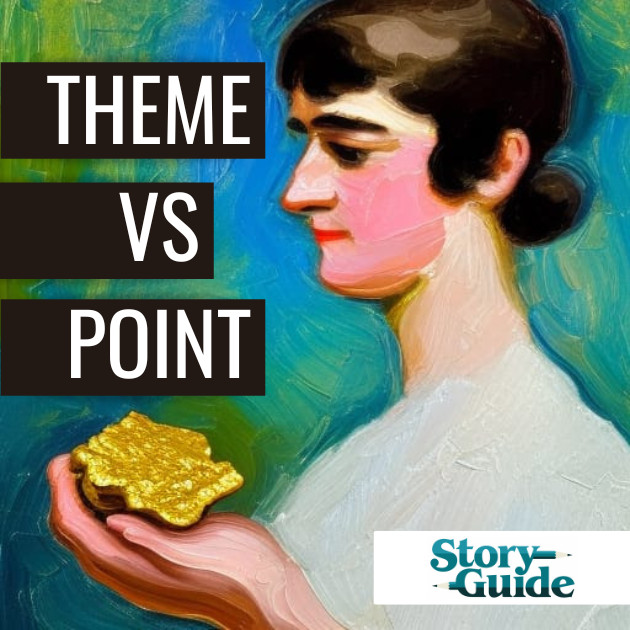

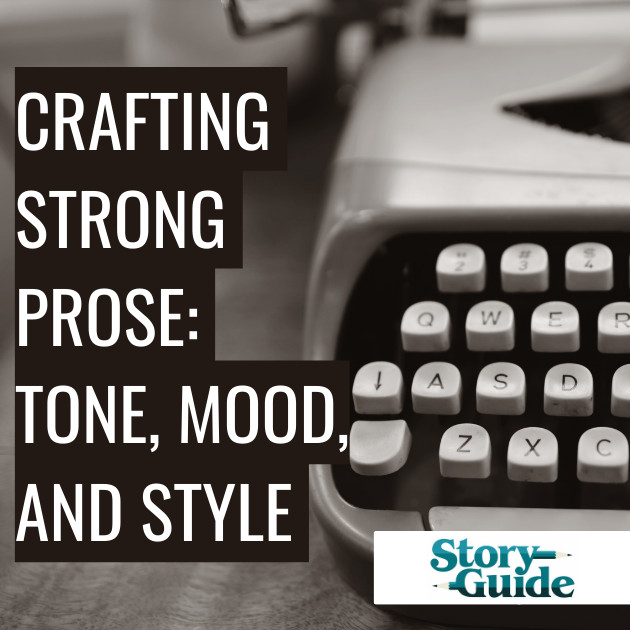
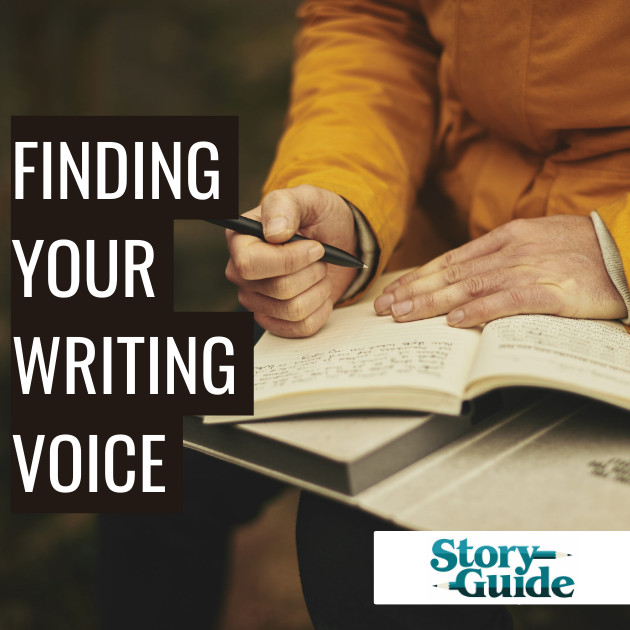





0 Comments